
History of Gazebos: Who Invented the Gazebo?
History of Gazebos: Who Invented the Gazebo? Published October 6th, 2022 by Allen Campbell Let’s talk about the history of gazebos. Who invented the gazebo?
Published October 6th, 2022 by Allen Campbell
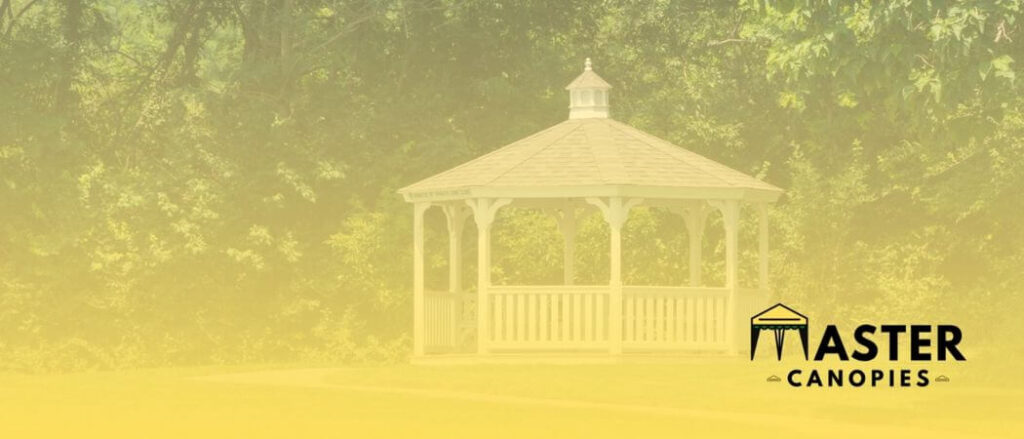
Let’s talk about the history of gazebos. Who invented the gazebo? Where did it come from?
When most people think of gazebos, they imagine an ornate structure found in a garden or park. But, who was the first to invent a gazebo? Or why they are so popular? This blog post will explore the history of gazebos, from their invention hundreds of years ago to their modern-day use.
You’ll also get a chance to learn about some of the different types of gazebos available today. So, without further ado, let’s get started.
The word gazebo comes from the Latin word “gaze” which means “to gaze.” It was first used in the 18th century and is referred to as a structure that provided a vantage point for viewing the surrounding area.
Firstly, the word gazebo was used in the UK and later on it was picked by Americans. The book, Rural Architecture, published in 1750, was one of the first to use the word gazebo. It described the design of Chinese pavilions, which the authors called gazebos.
There are many other names used in place of gazebos including grottos, summerhouses, arbors, kiosks, and pavilions.

The first gazebos were built in the ancient world, with the earliest examples dating back to Egypt. These early structures were made from sandstone and timber and were used as garden shelters or as places to enjoy the view.
In Egypt, most often, they were placed near bodies of water so that people could take advantage of the cool breezes. The gazebo was usually built in a garden that had food-producing crops and ornamental plants.
The history of gazebos dates around 5000 years back, the first gazebo was built in Egyptian gardens. Even now in the present day, they are used extensively. The 1400 BC gazebo is one of the most ancient examples which have been found in the tomb of an Ancient Royalty individual.
Some people believed that the gazebos were used as an opportunity to communicate with their gods. Also, it was a place of peace and tranquility, where one could sit and enjoy the beauty of their garden.
These Gazebos date back to 2600 BC and they were based on the design of free-standing pergolas and structures. Egyptians thought of their gardens as an earthly paradise and the gazebo as a way to take their gardens with them to heaven.

The Roman and Greek cultures were very fond of gazebos and they used them extensively in their gardens. They built them out of marble, stone, and wood. These gazebos were often designed to make them look like small temples.
The wealthy citizens of Rome and Greece would use these gazebos as a place to relax and enjoy the beauty of their gardens. The Roman culture regarded gazebos as a means to communicate with their gods.
After a period of time, when the population in these countries started to grow, gazebos became more and more popular. As a focal point in the garden, Gazebos made their place in every home.
Persian created something different from others and that was the kiosks. The Persian gazebos are a lovely Islamic architectural structure. The kiosks were designed to be a place of relaxation and they were often built in gardens.
The Persian gazebo was a popular 10th-century architectural wonder that featured stunning tiling and often included two stories. The Persian gazebos were often built with marble columns and they had cupolas on the top. These gazebos were very popular in the Islamic world and they were often used by royalty.
To make the tiles cooler, the Persian gazebos were often built over pools or streams. This allowed the water to flow underneath the gazebo and keep the area cool.
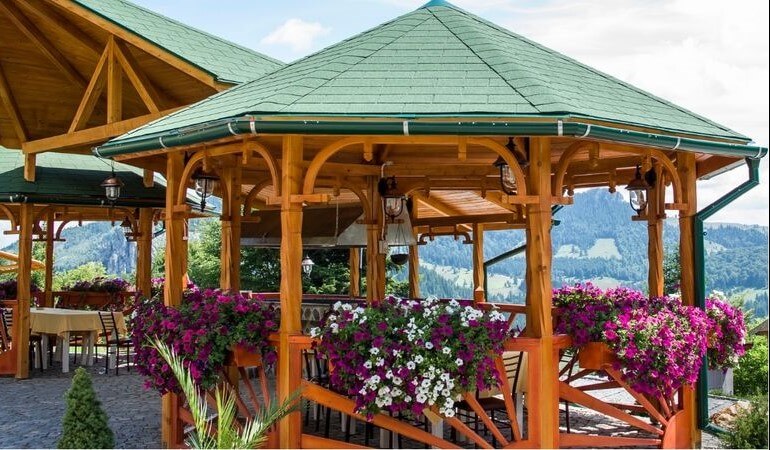
The Asian culture has a long history with gazebos. In China, the gazebo was often used as a place to escape the heat of the day. The Chinese gazebos were often built on stilts so that they could be above the floods that often occurred.
The gazebo in Japan was always a place of peace, and it allowed visitors to fully take in the beauty of the surrounding garden. The Japanese gazebos were often built with sliding paper doors so that the occupants could enjoy the view of the garden. The Asian gazebos were often very ornate and they featured detailed carvings and paintings.
The Chinese gazebos were often built with very intricate carvings and paintings, making them a beautiful sight to behold. Made from timber, these gazebos often had high roofs, with decorative eaves and upturned corners. The use of bright colors was also commonplace, as it helped make the structure stand out even more.
The Japanese gazebos were no different from their Chinese counterparts, often surrounded by beautiful gardens with koi ponds and winding pathways.
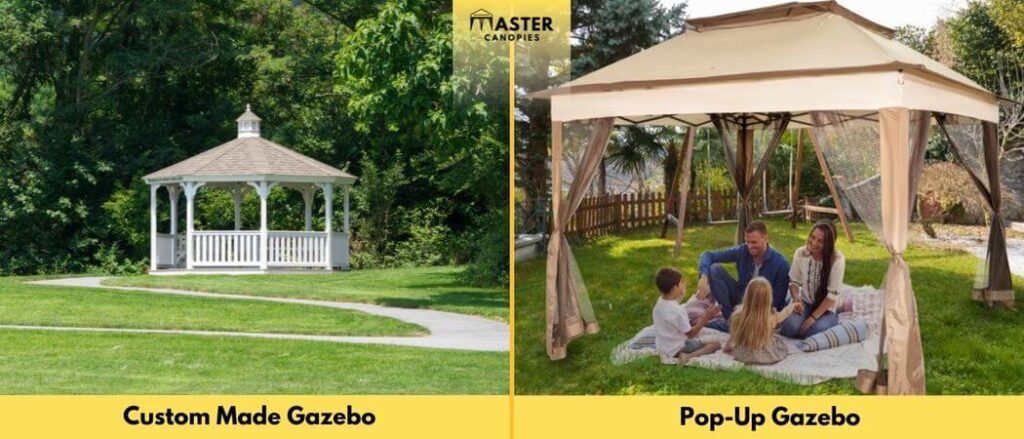
In Europe, the gazebo became very popular between the 5th-15th centuries. Many noble families and wealthy citizens built gazebos in their gardens. People started to use them in public areas, such as parks, where they could enjoy nature and escape the rain.
Not only they were used in public places but also in private residences where people could enjoy the tranquility of their gardens. The look and design of European gazebos were very different from the ones that were built in Asia and Persia.
European gazebos can be made in different designs, but they all share some common features like a roof, columns, or pillars and an octagonal shape. Similarly, in the United States, gazebos became popular in the 18th century and they were mostly used in gardens or public parks.
Although gazebos were traditionally used in public spaces, more and more people began using them in their homes as well. Homeowners started to build gazebos in their backyard as a place to relax and enjoy the outdoors.
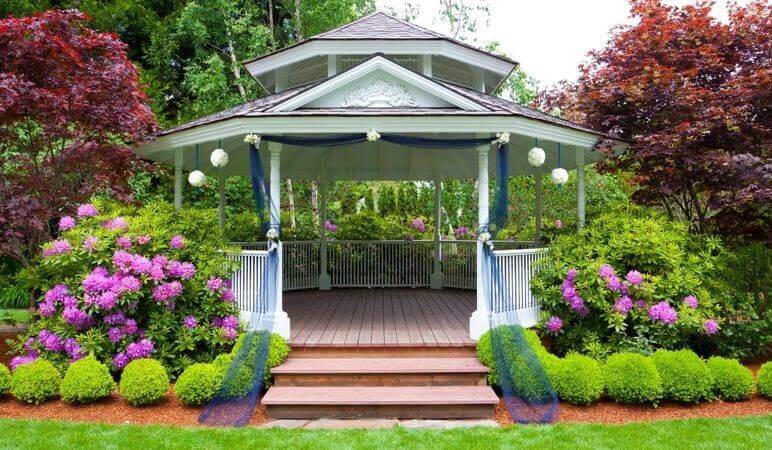
Until today, gazebos are still being used in public places and gardens as a place of relaxation. However, they are also commonly used as decoration at weddings or other special events. Many couples choose to get married in a gazebo because of its romantic and scenic atmosphere.
Nowadays, you can also find these beautiful structures in many backyards as people are using them to create their own personal oasis. It helps homeowners increase the space in their yards without having to do a lot of work.
If you are thinking about incorporating a gazebo into your landscape, there are many different ways that you can use it. In addition to permanent gazebos, there are also portable ones that can be set up and taken down as needed.
These are perfect for people who want to have a gazebo on their property but don’t want the hassle of building a permanent one. Portable gazebos are also great for people who like to travel because they can easily be taken down and set up at your next destination.
The pop-up design of the Gazebo is also very popular these days. Due to its lightweight and flexibility, people now use it as a quick shelter in emergencies or for other purposes.
If you’re constantly traveling, this is the perfect product for you because it’s easy to carry and assemble. Pop-up gazebos are also a great choice for those who want to save space because they can be easily stored when not in use.
All in all, gazebos are versatile pieces of outdoor furniture that can be used in many different ways. Whether you want to use it as a decoration, a place to relax, or a shelter from the elements, there is a gazebo out there that will suit your needs.
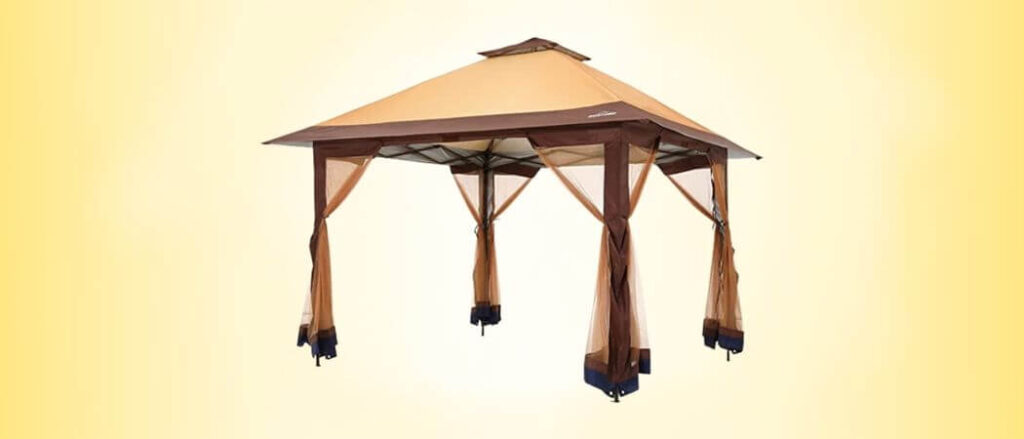
There are endless possibilities for how you can use a gazebo, and with the wide range of styles and designs available, there is sure to be one that will suit your needs. Whether you want a permanent fixture in your garden or a portable gazebo that can be taken with you on your travels, there is sure to be a gazebo out there that is perfect for you.
Garden gazebos are a quintessentially British feature with a long and fascinating history. From their humble beginnings as royal playhouses to their modern incarnation as backyard shelters, the history of gazebos have evolved considerably over time.
Today, they remain a popular fixture in gardens all over Britain—a testament to their enduring appeal. Who knows what the future holds for this humble structure? One thing is for sure: you’ll be enjoying them for years to come!
While the actual monetary value of a gazebo will vary depending on factors such as its size and location, many real estate experts believe that a gazebo can increase the value of your home by up to 10%.
A reason for this is that potential buyers are often interested in homes with more outdoor living space. In fact, a gazebo can even make your home more attractive to buyers who might not have considered it otherwise.
If you have a large open space, you may want to place your gazebo in the center, creating a focal point for your garden. If you have a smaller garden, or if you want to create an intimate seating area, you may want to place the gazebo off to one side.
In addition, think about the views from your gazebo. If you have a beautiful view of the landscaping, you may want to position the gazebo so that it can be enjoyed from the inside.
If you have a gazebo, you might be wondering what to put under it. One option is to use pavers or stones to create a patio-like area. This will give you a flat surface to work with, and it can be easily decorated with outdoor furniture or potted plants.
Another option is to fill in the space with gravel or mulch. This will give your gazebo a more natural look, and it can help to prevent weeds from growing.

Allen is a full time writer at Mastercanopies.com and enjoys traveling around the United States and exploring nature. He enjoys writing about canopies as he believes they are extremely crucial in having a successful camping trip whether it be a trip to the beach, mountains, or the open plains.

History of Gazebos: Who Invented the Gazebo? Published October 6th, 2022 by Allen Campbell Let’s talk about the history of gazebos. Who invented the gazebo?

Best Gazebos for Winter: Top Picks Published October 5th, 2022 by Allen Campbell Although the thought of winter may send shivers down your spine, it

How to Set Up a Gazebo with Netting: Put Netting on Your Gazebo Published August 30th, 2022 by Allen Campbell Summer is in full swing,
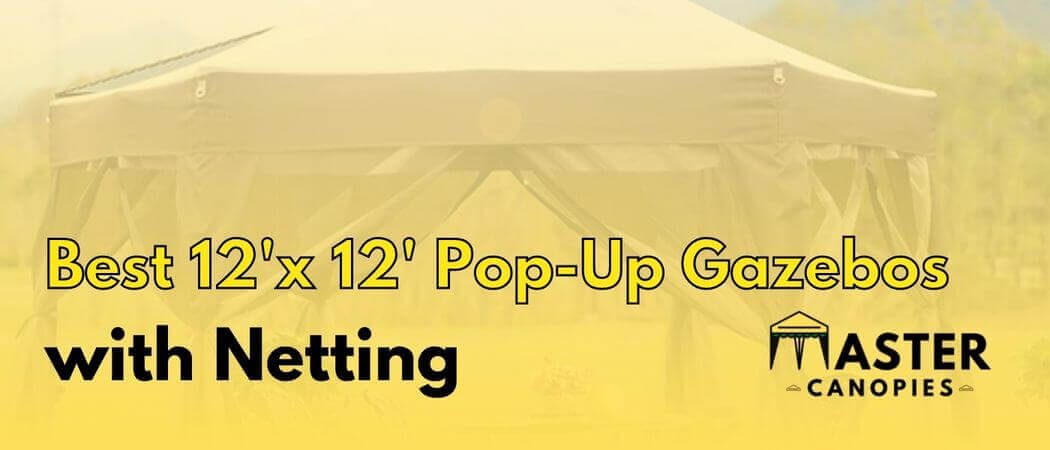
Best 12’x 12′ Pop-Up Gazebos with Netting Published August 29th, 2022 by Allen Campbell Looking for the best 12×12 pop-up gazebos with netting? You’ve come
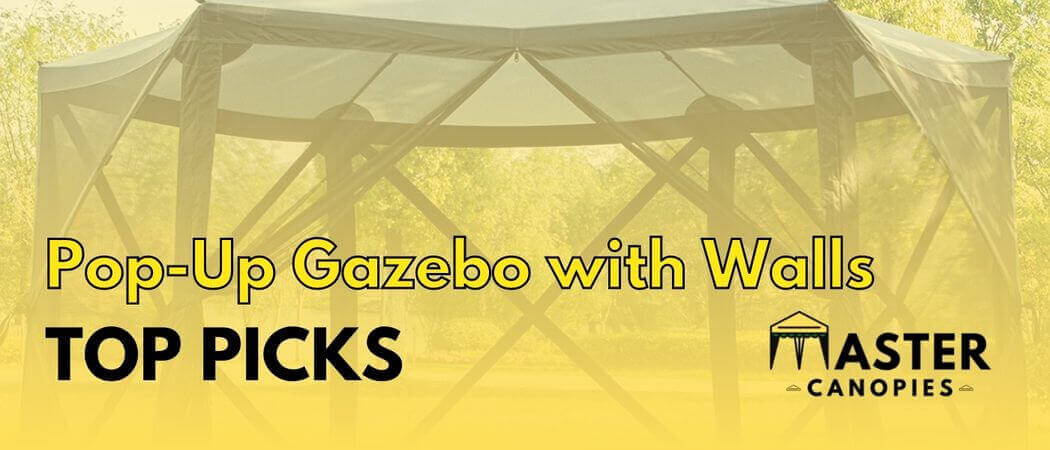
Best Pop-Up Gazebos with Walls: TOP PICKS Published August 25th, 2022 by Allen Campbell A gazebo is a great way to add some extra living

Will Gazebos Get Blown Away? How to Secure Your Gazebo Tent Published August 12th, 2022 by Allen Campbell Gazebos are a popular addition to yards
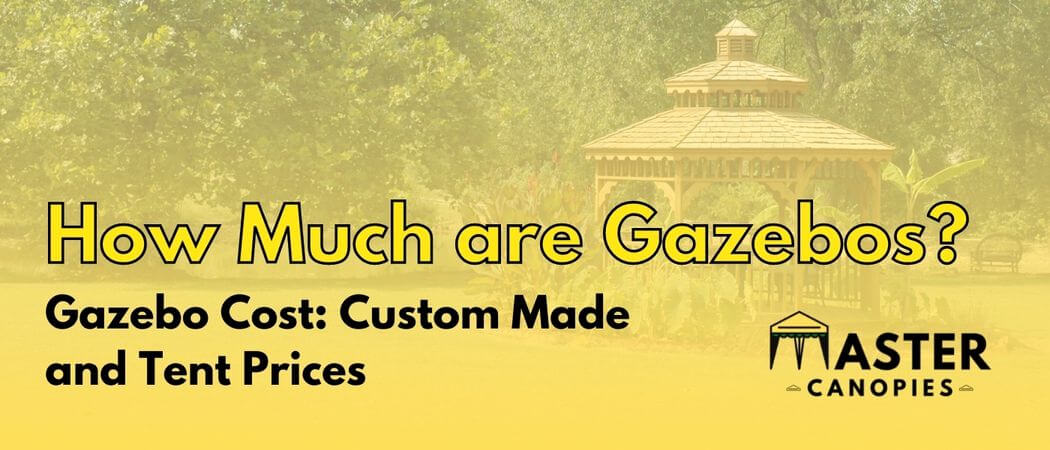
How Much are Gazebos? Gazebo Costs: Custom & Premade Prices Published August 12th, 2022 by Allen Campbell Making a gazebo tent is a great way
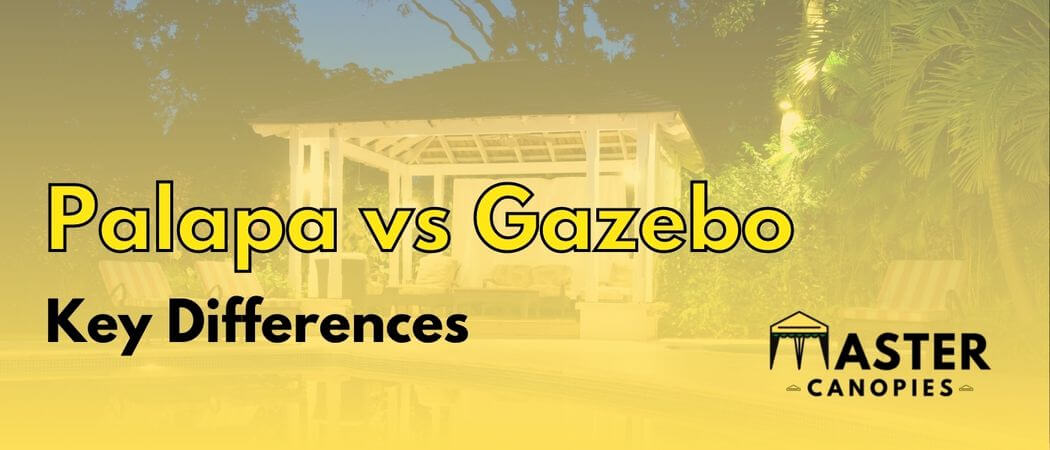
Palapa vs Gazebo? What are the Differences? Published August 4th, 2022 by Allen Campbell Whether you’re looking to add some extra shade and relaxation to

How Much Wind Can a Canopy Take? Published June 1st, 2022 by Allen Campbell When you need a little additional cover, a canopy tent might

Master Canopies is here to bring you the best canopies for the outdoors so that you can enjoy the fresh air without the gleaming and burning light of the sun.

Master Canopies is here to bring you the best canopies for the outdoors so that you can enjoy the fresh air without the gleaming and burning light of the sun. As an Amazon Associate, we earn from qualifying purchases.